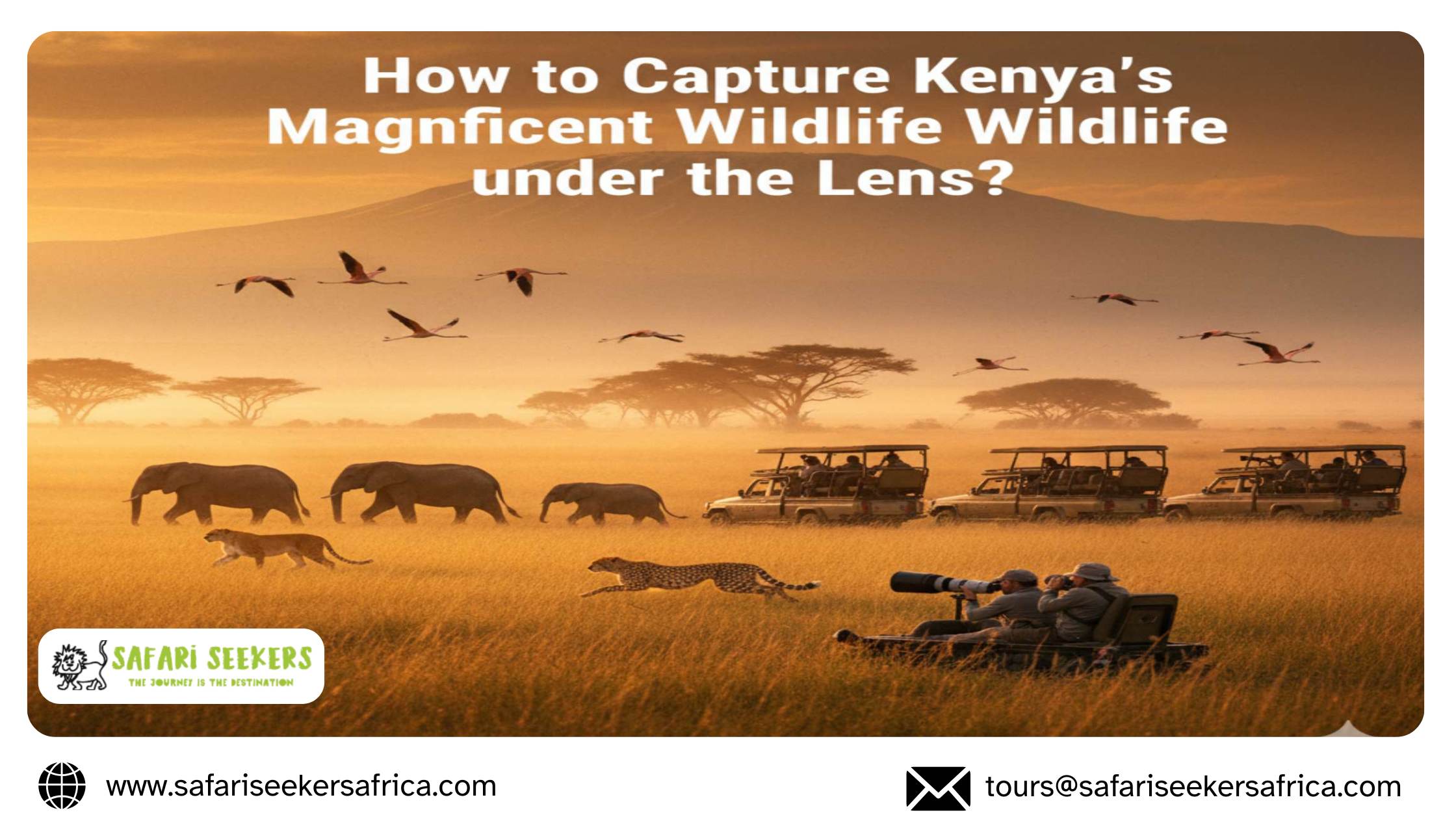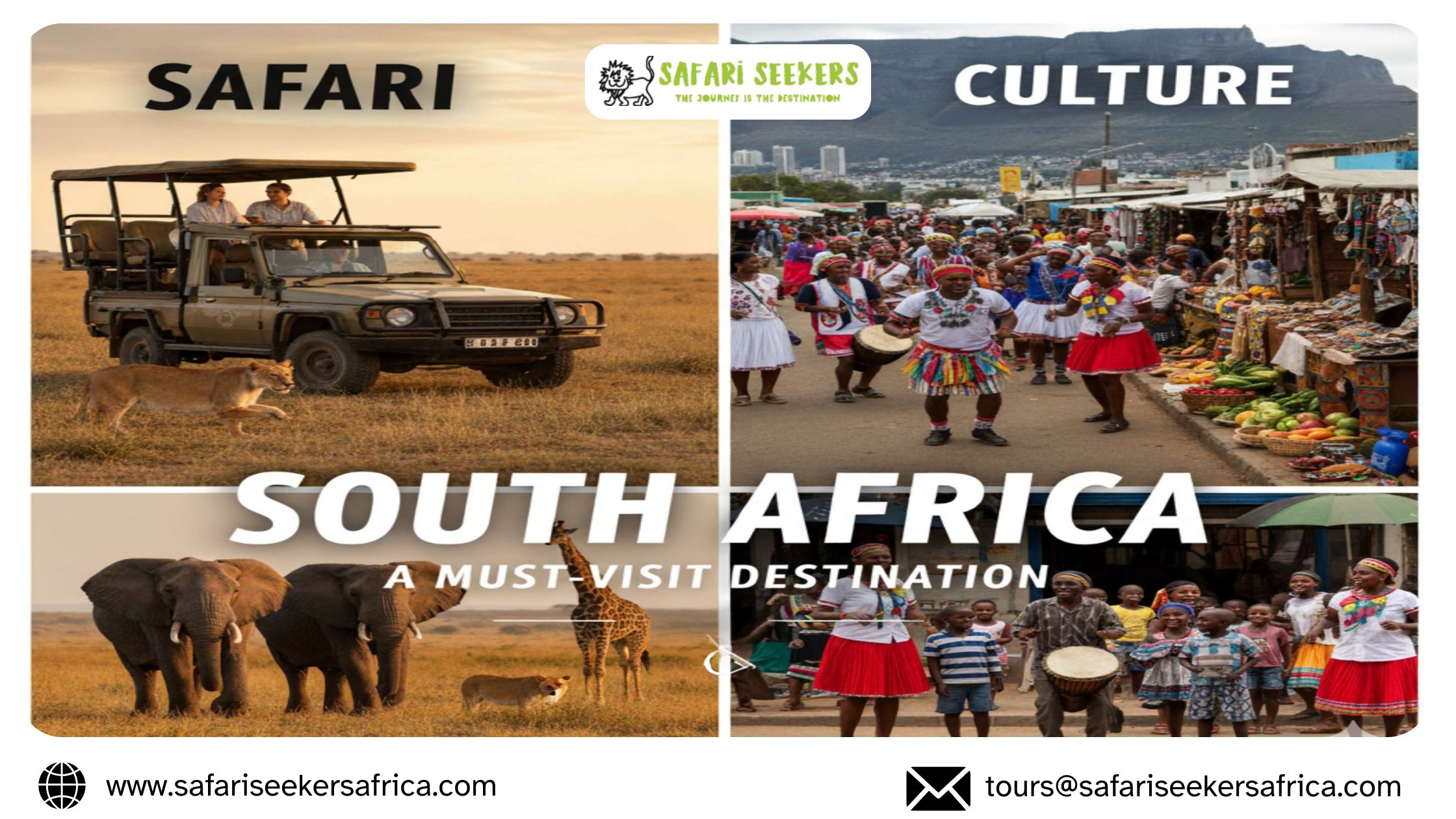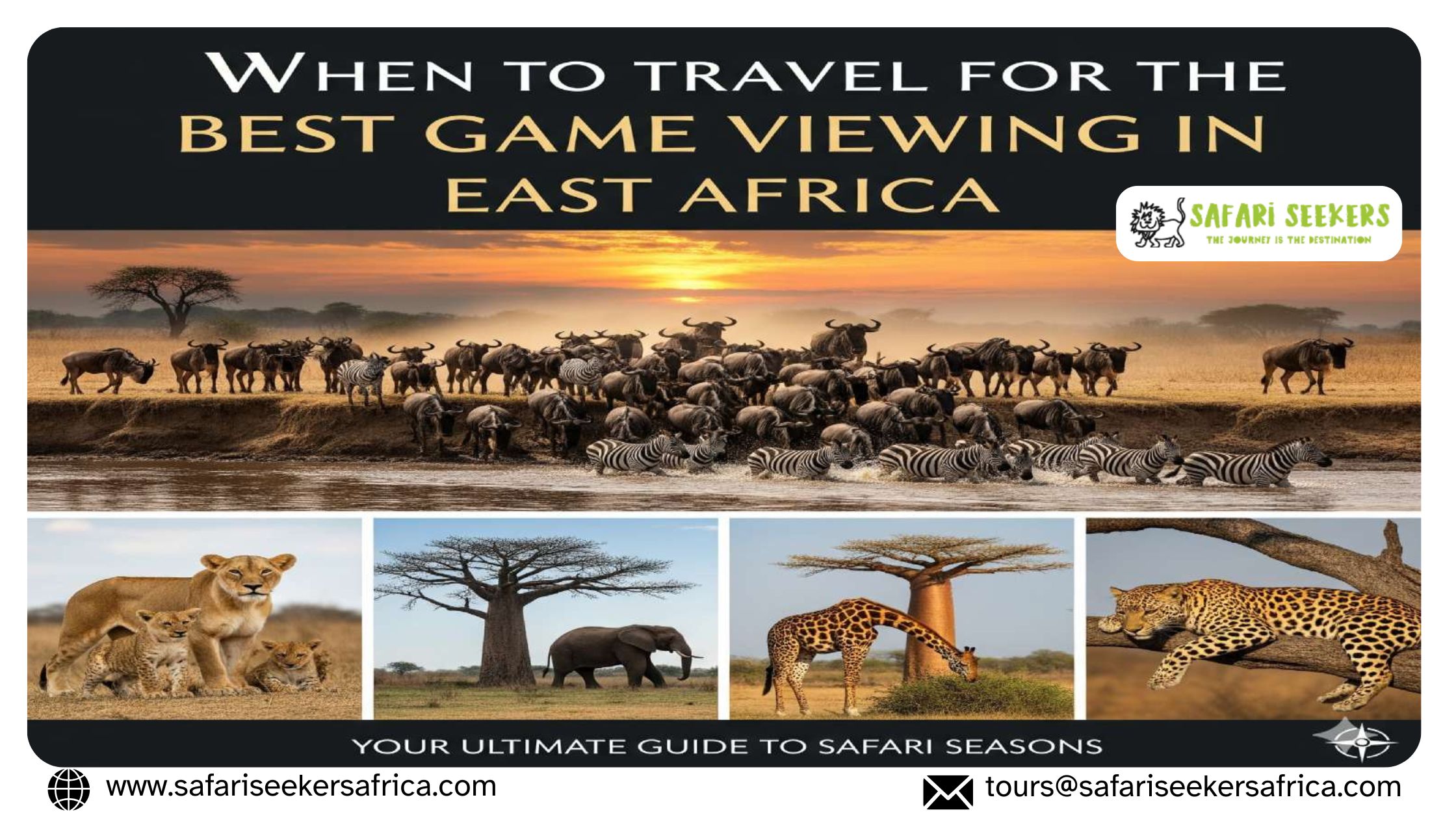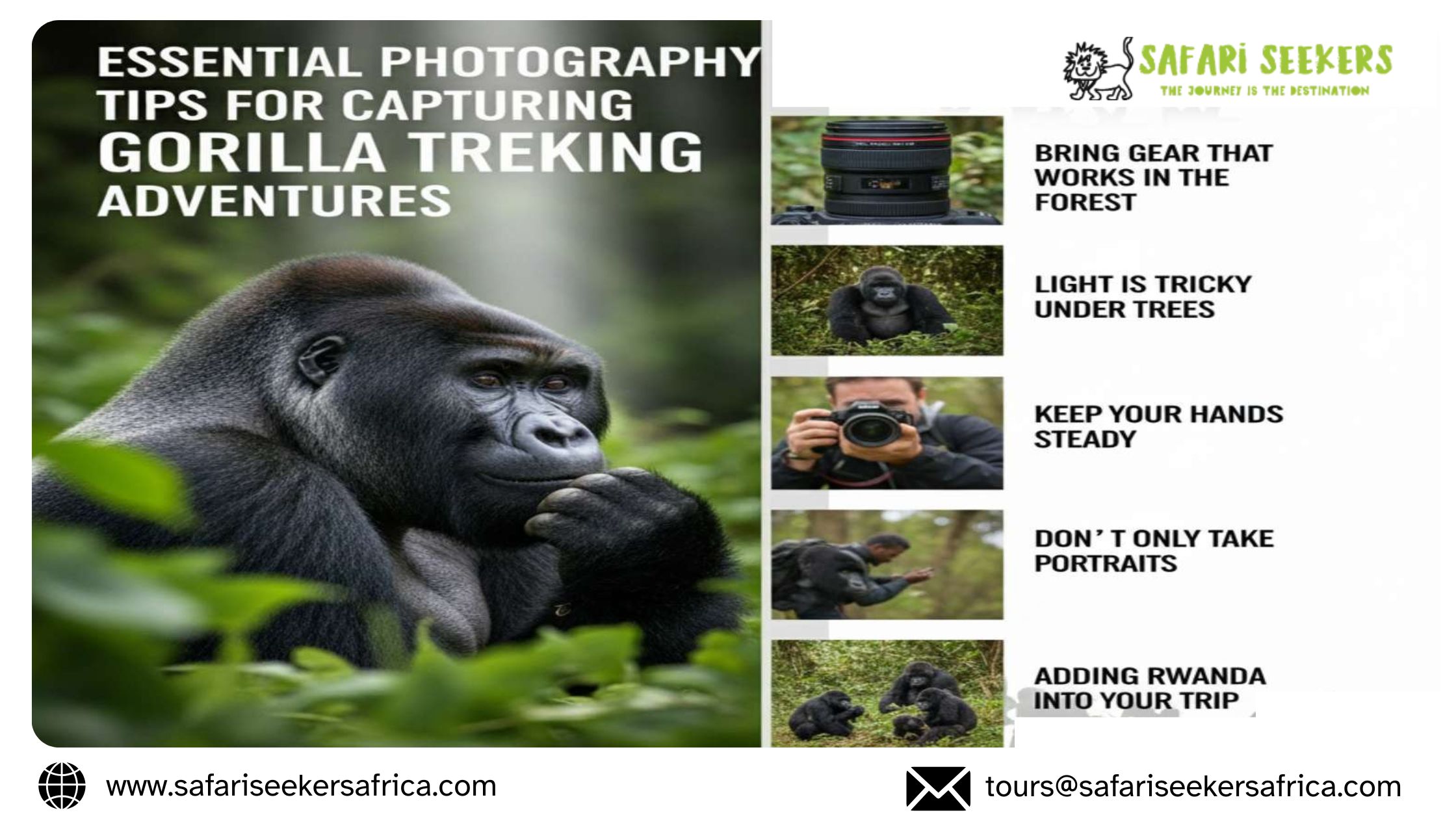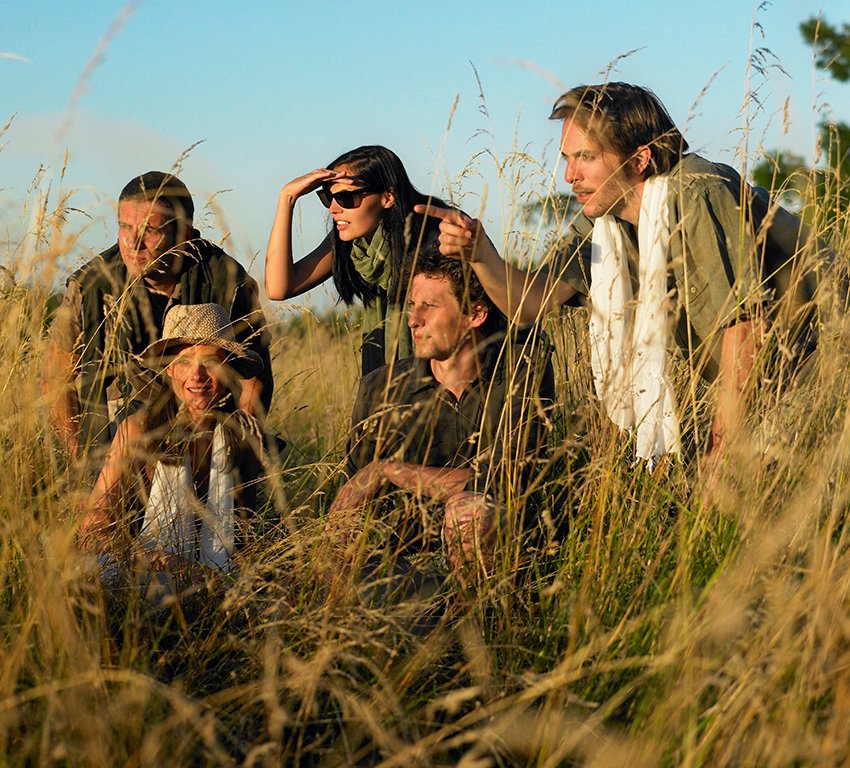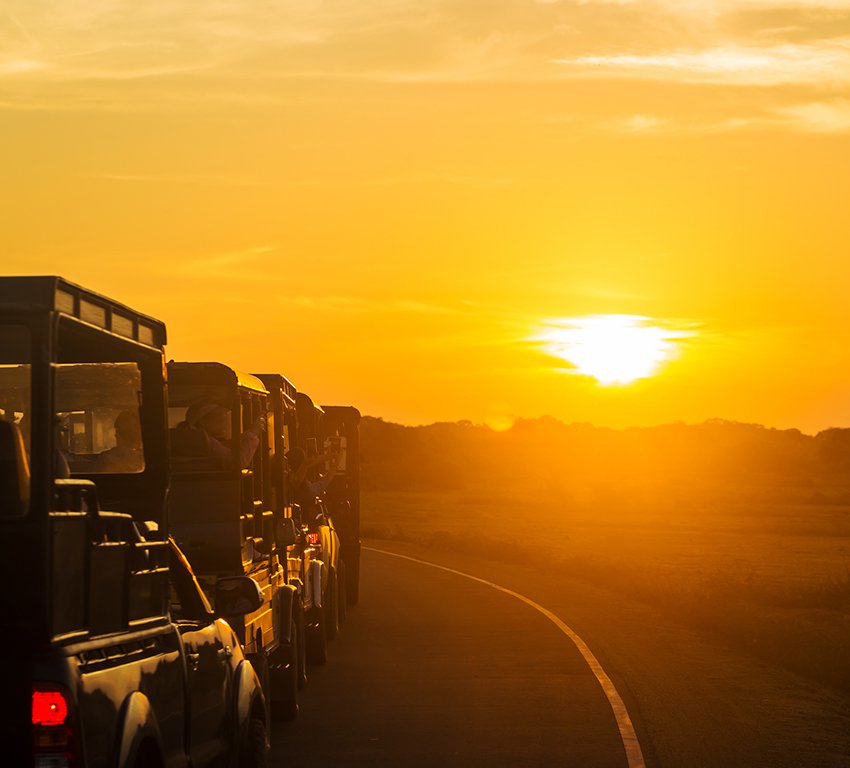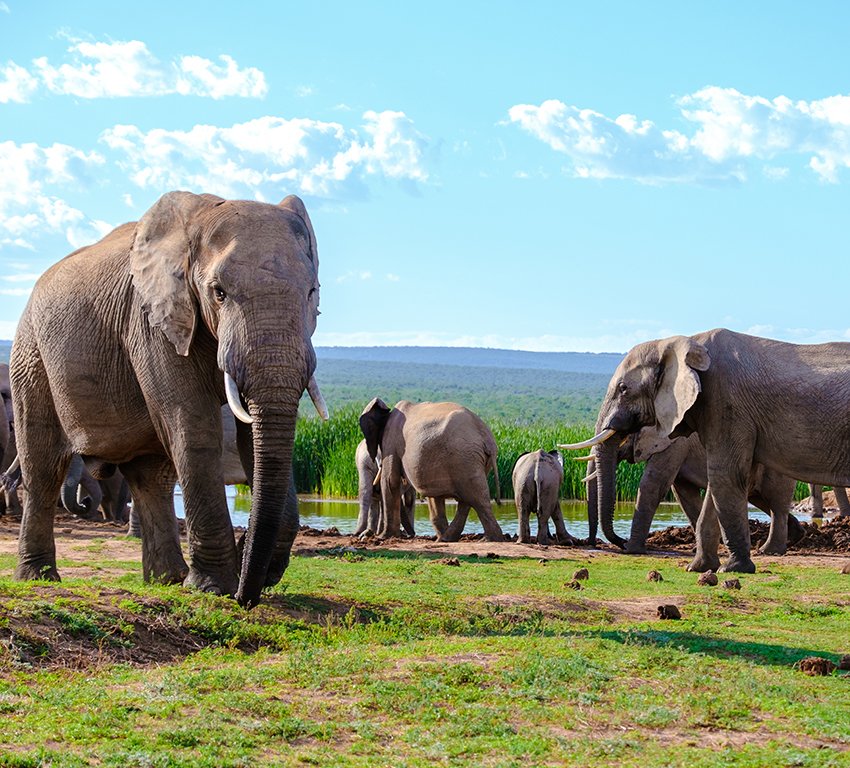Envision an African safari, and the mind conjures a scene of a sturdy 4×4 Jeep traversing the sun-drenched savannah, trailing lions, cheetahs, elephants, rhinos, and more. However, let’s embark on a distinct adventure, one where the sun has descended and the day’s heat has surrendered to a refreshing breeze enveloping the dimming terrain. The night symphony of big cats, avian calls, and the echoing grunts of hippos punctuate the air. Unexpectedly, a pair of gleaming eyes emerges from the obscurity. Welcome to the theater of a night safari.
In the realm of Africa’s wildlife encounters, night safaris have risen in popularity, offering an alternative perspective on the fauna as the plains come alive with an array of creatures that often remain unseen by day.
The Enigmatic Nocturnal Realm
Embarking on a nocturnal game drive might follow a leisurely sund owner – a late afternoon libation enjoyed outdoors – or commence post-dinner at your safari lodge. Regardless, you’ll find yourself in a 4×4 vehicle, armed with a cozy jacket, a thermos, insect repellent, binoculars, and your camera.

Your seasoned driver-guide possesses the insights to locate the creatures that thrive in the shadows. While a lion might snooze under the sun’s warmth during the day, nightfall is when the pride embarks on their hunt. Similarly, the famously elusive leopard might grace the scene, scanning the horizon for potential prey.
Navigating the cool nocturnal breeze, you’ll seek rhinos, zebras, giraffes, wildebeests, and hippos that tend to be more active after dusk. Alongside these, an array of smaller beings emerges from their daytime hideouts – aardvarks, ferrets, and bushbabies leaping through the foliage.
Photographing Nocturnal Wildlife
Absolutely possible. However, certain adjustments are necessary for optimal results. Flash photography is discouraged as it disturbs the wildlife. Many camps utilize red spotlights for gentle illumination, minimizing disruption to the animals.
To enhance your nighttime photographs, consider these camera settings: elevate your camera’s sensitivity (ISO) to at least 1600, widen the aperture to its maximum (e.g., 2.8), and decrease the shutter speed to 1/40.
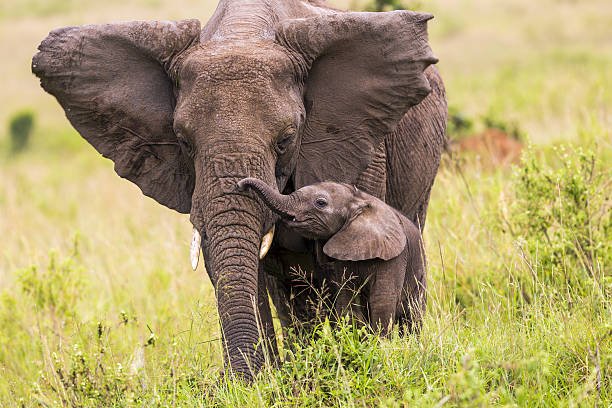
Finishing touches can be applied during post-processing using photo editing software. This stage allows further brightening of the image and the removal of any residual red tint through color adjustments.
Where Can You Experience Night Safaris?
While most national parks do not permit night safaris, Kenya presents a range of options for after-hours game drives. The Ol Pejeta Conservancy, a private wildlife sanctuary, not only shelters the African “Big Five” but also offers distinctive activities like bicycle and horseback safaris, including nocturnal game drives.
At the private Taita Hills Wildlife Conservancy, wildlife is drawn to salt licks after dark. Here, elephants, Cape buffaloes, black rhinos, and even giant forest hogs venture into softly lit salt licks, providing a captivating spectacle.
Further south, neighboring private conservancies surrounding the renowned Masai Mara National Reserve invite nighttime exploration. Some even offer overnight bush camping experiences with experienced guides. The Mara North, Olare Motorogi, Mara Naboisho, Ol Kinyei, and Mara Triangle Conservancies beckon adventurous souls to embark on a rare nocturnal safari journey.
In this nocturnal world, Africa’s wilderness reveals a different charm, inviting you to embrace the mysteries of the night.



